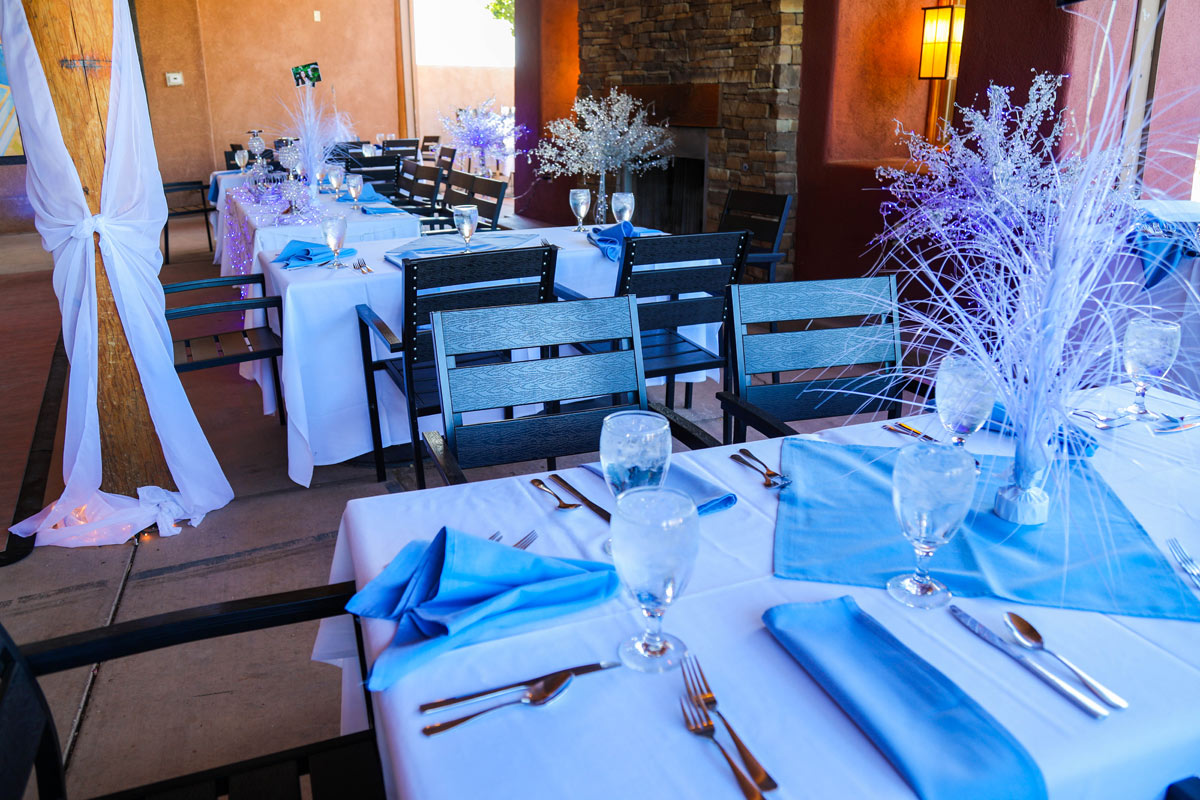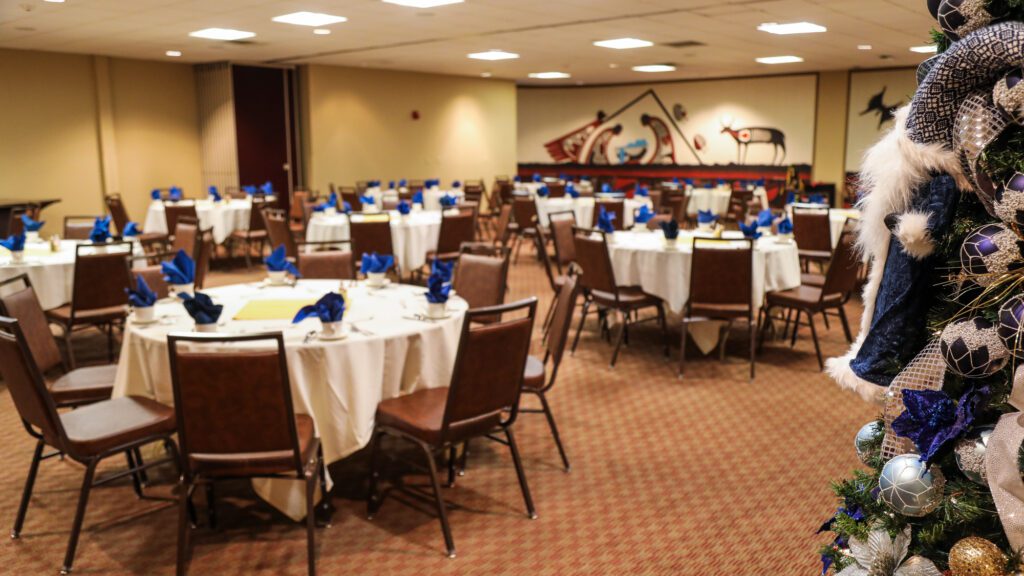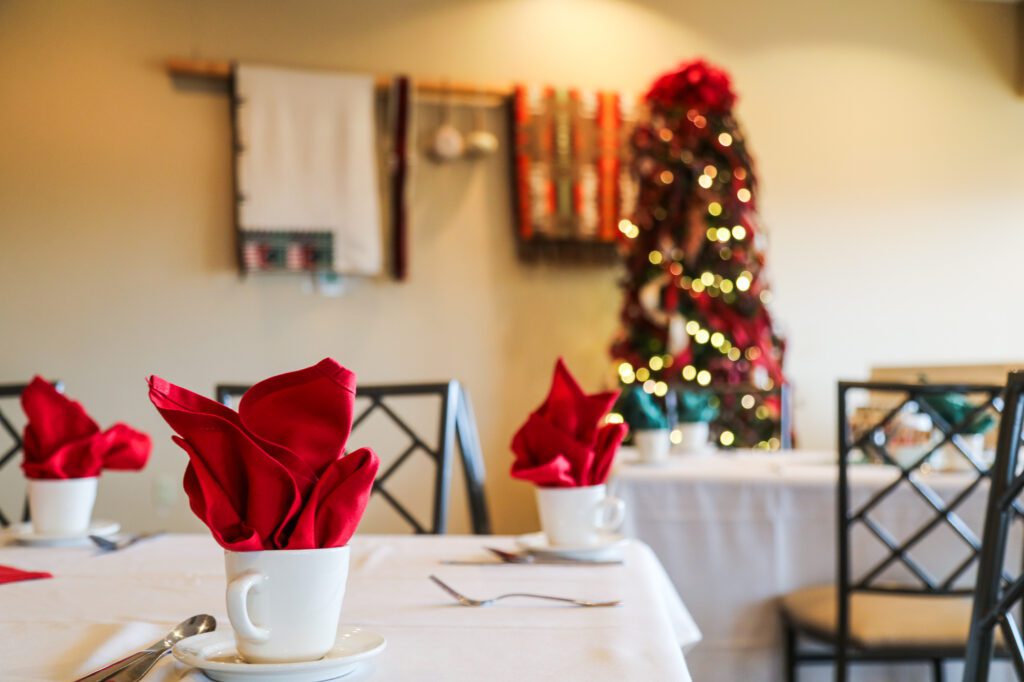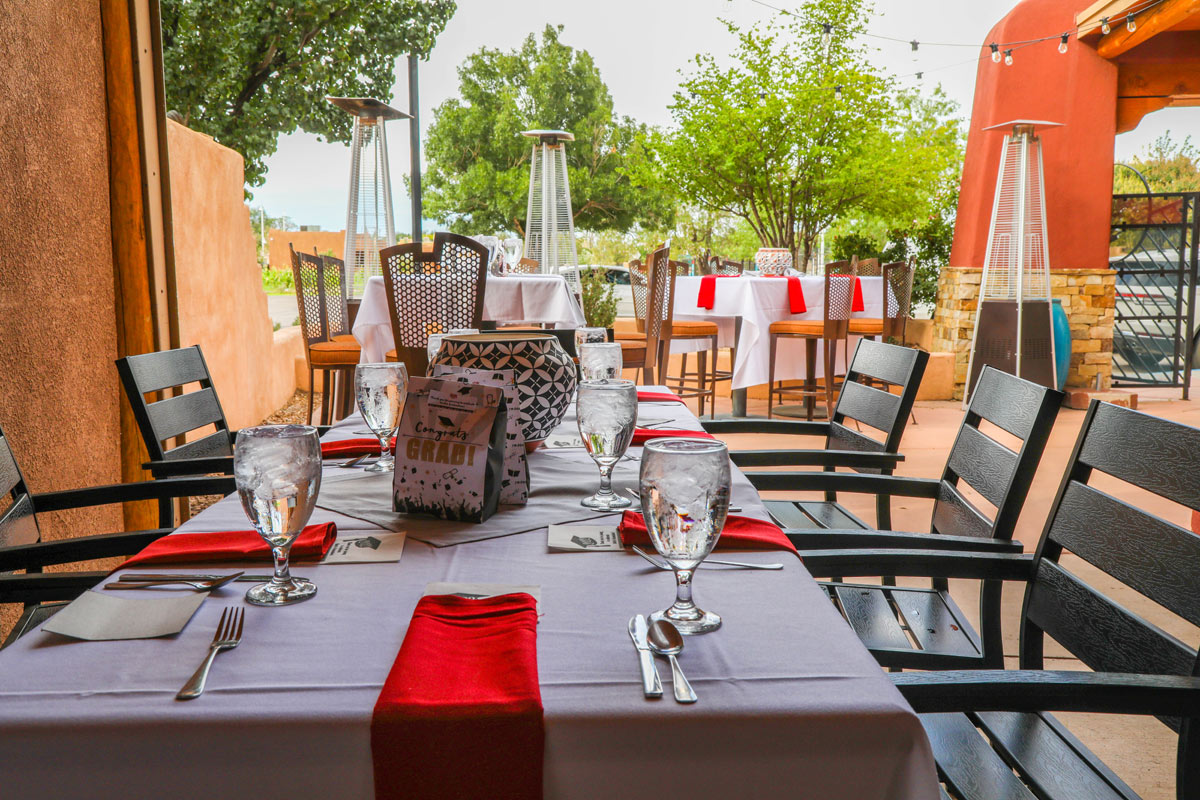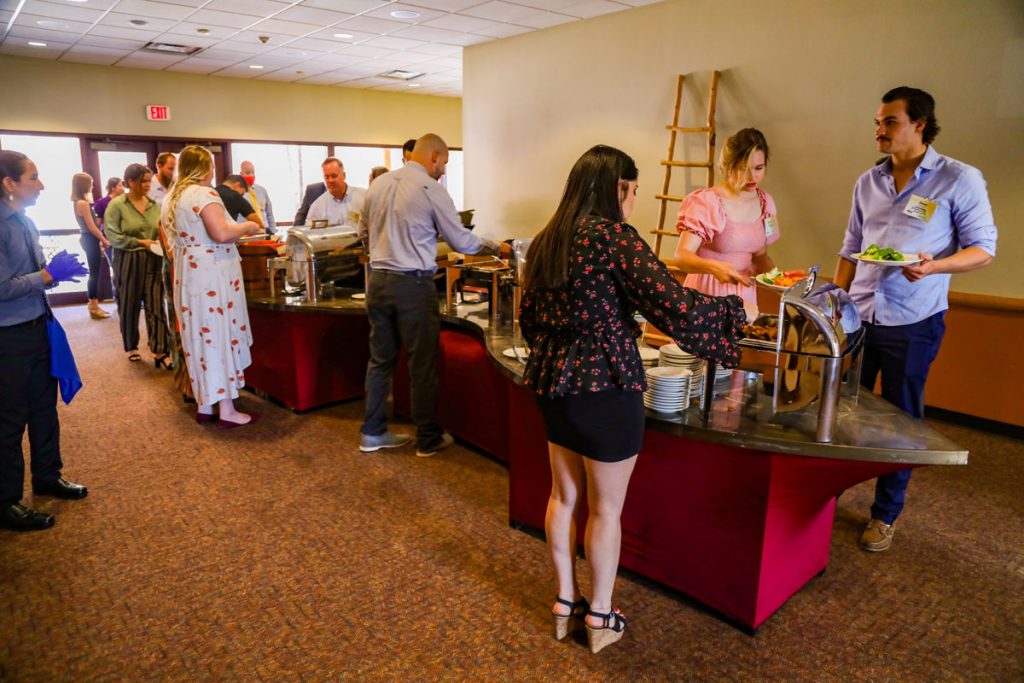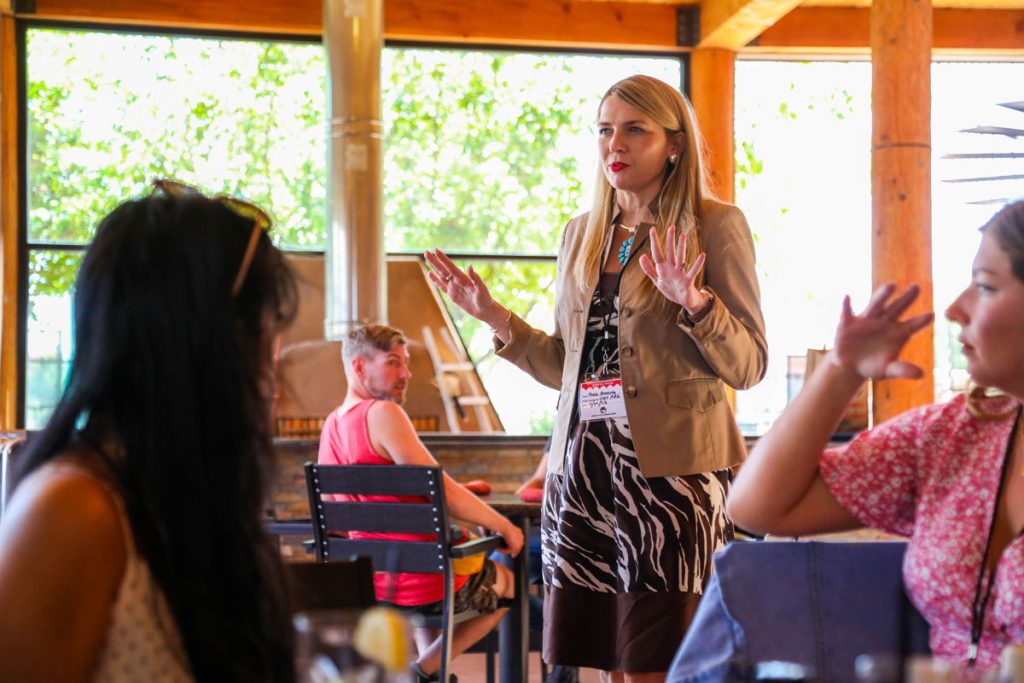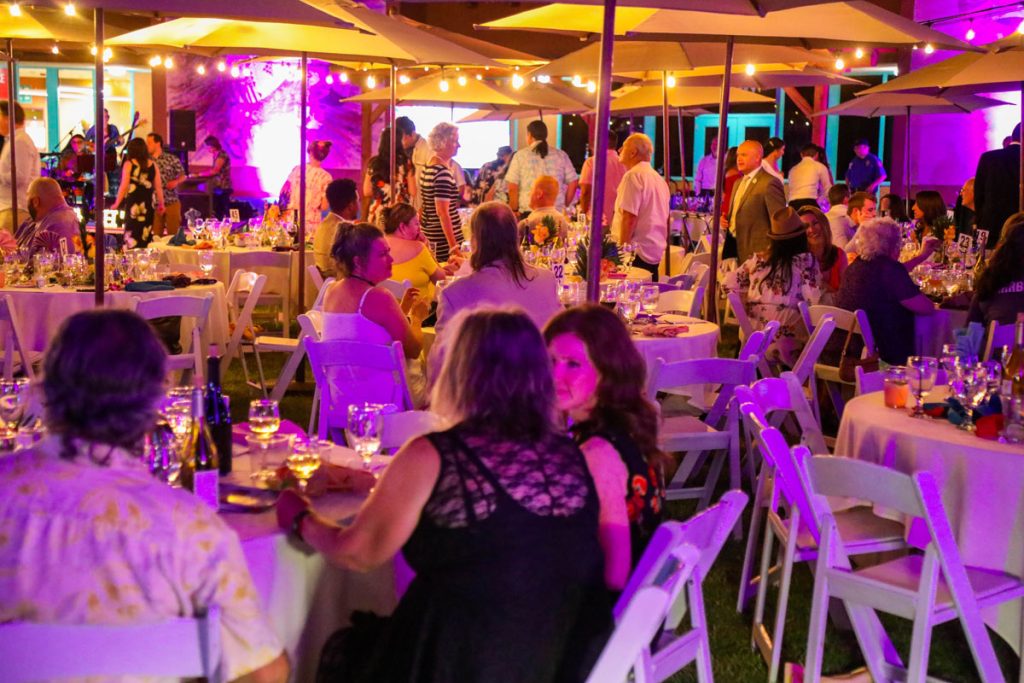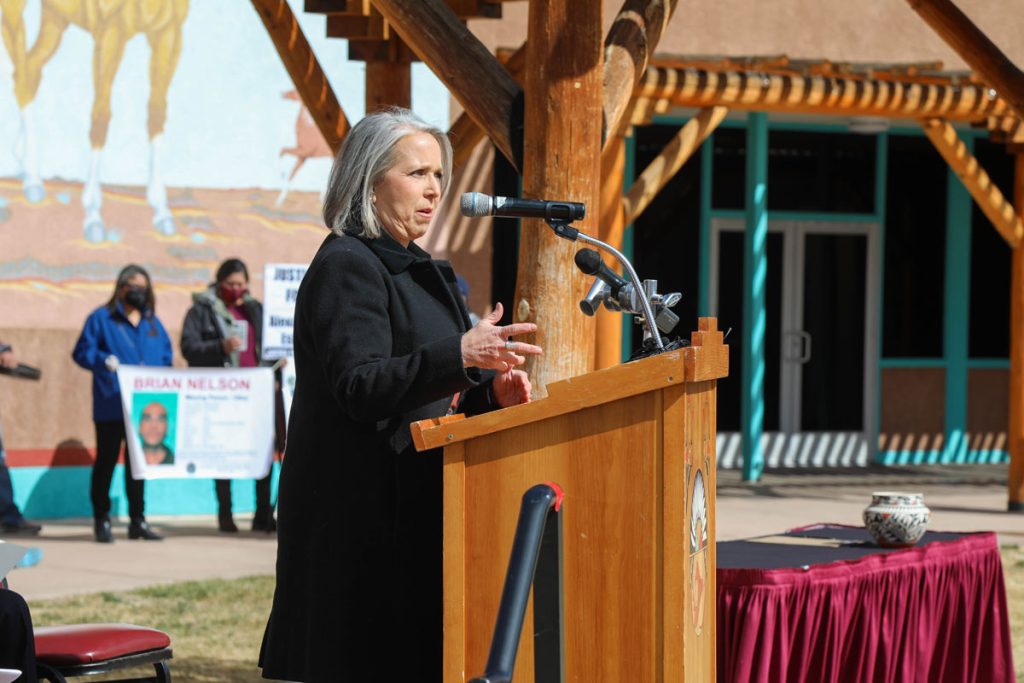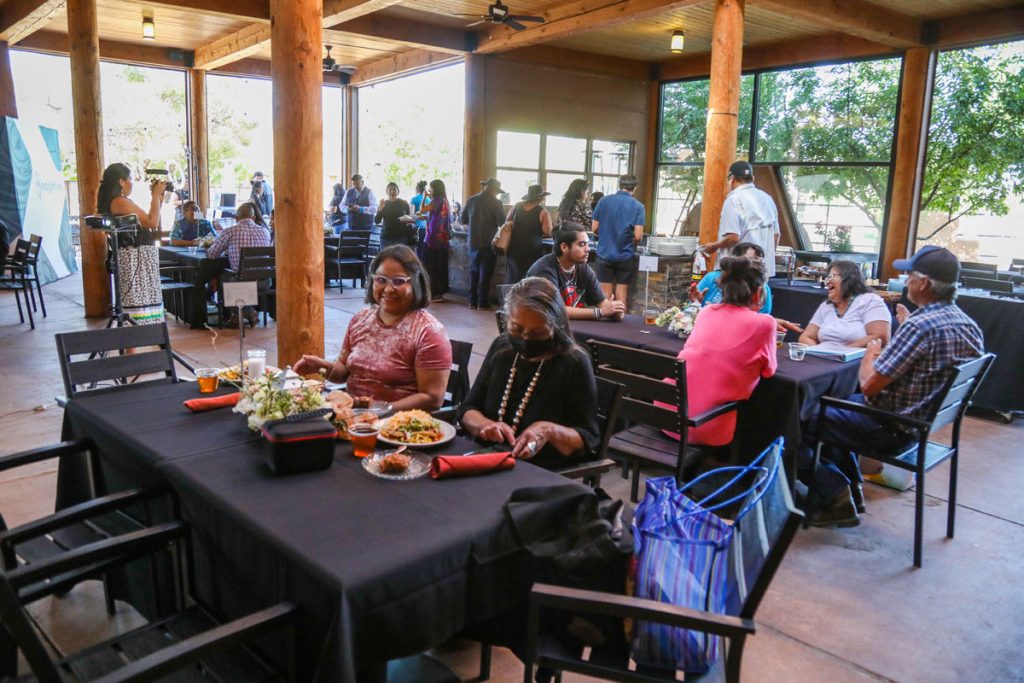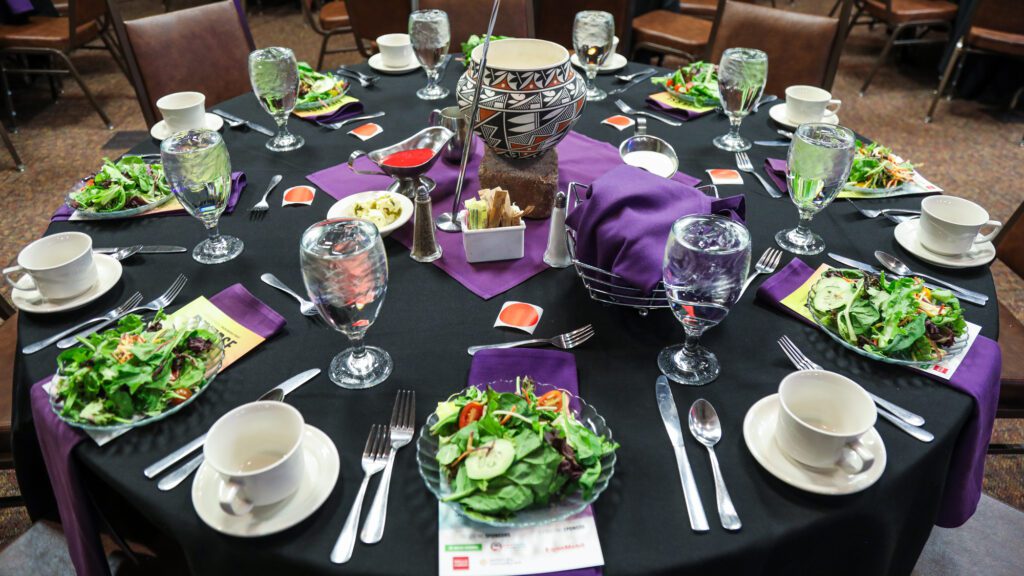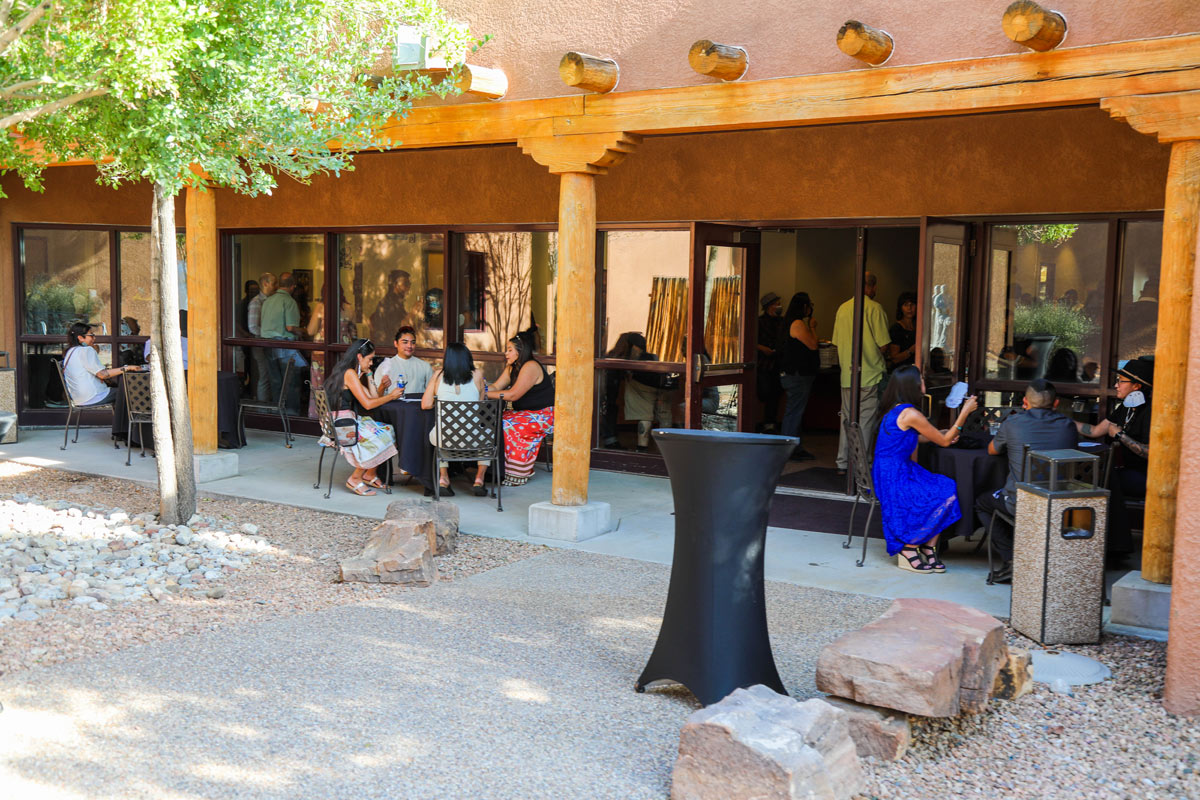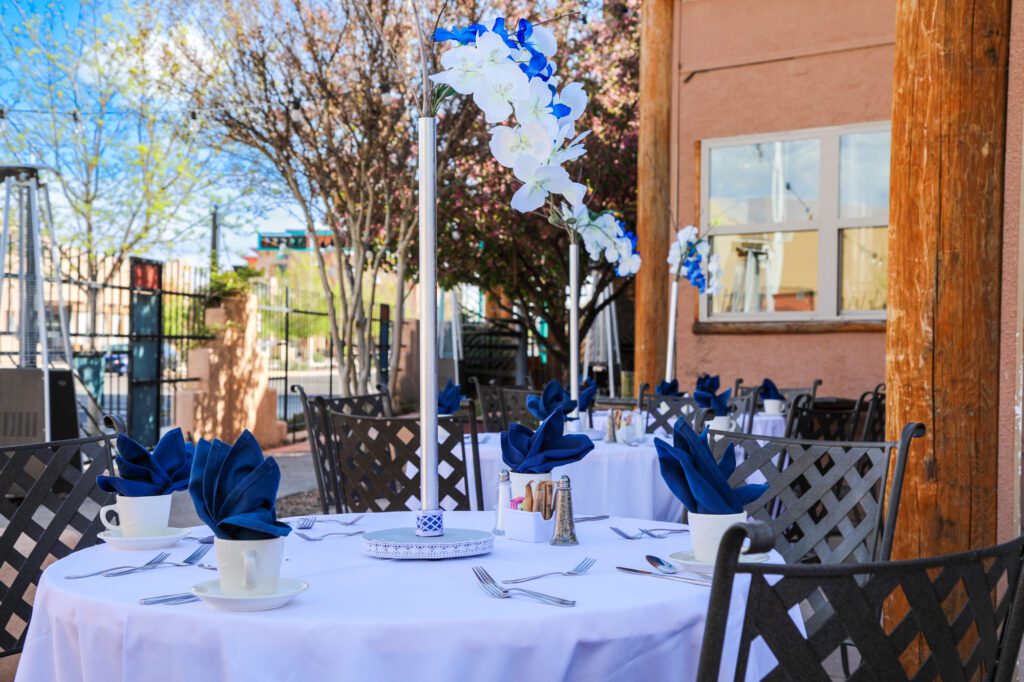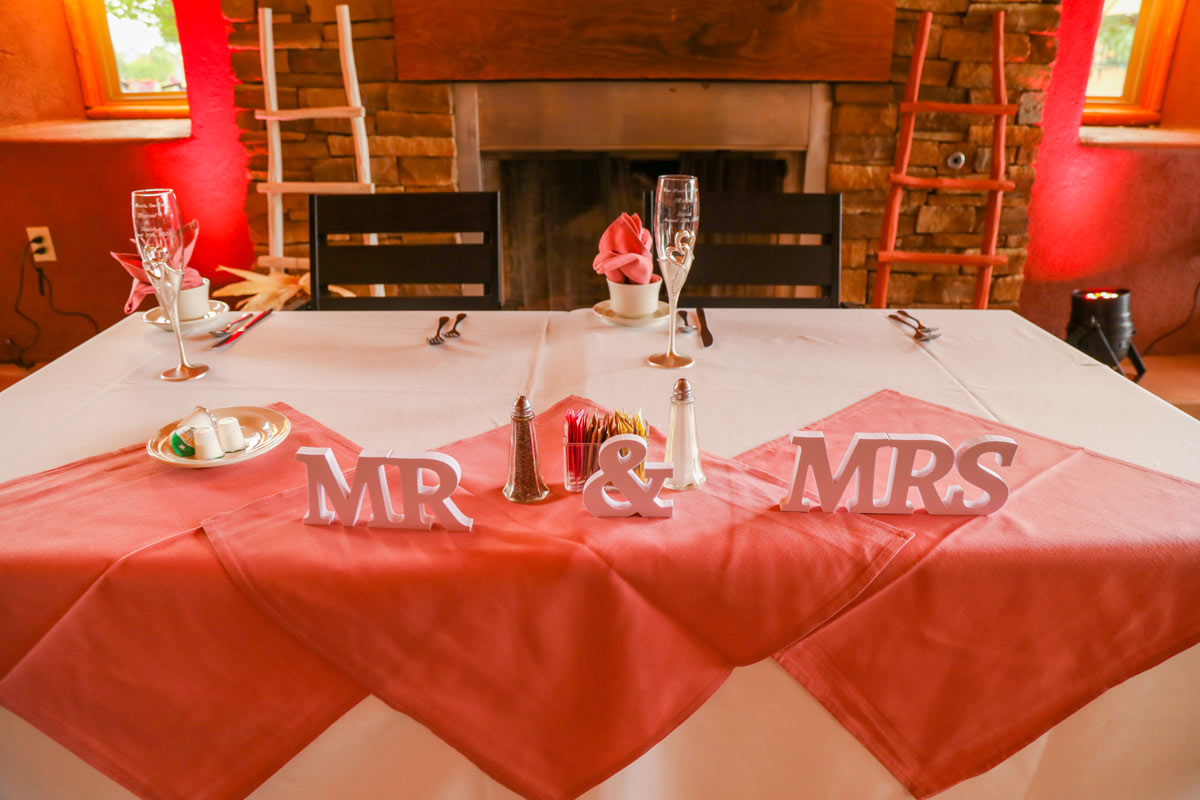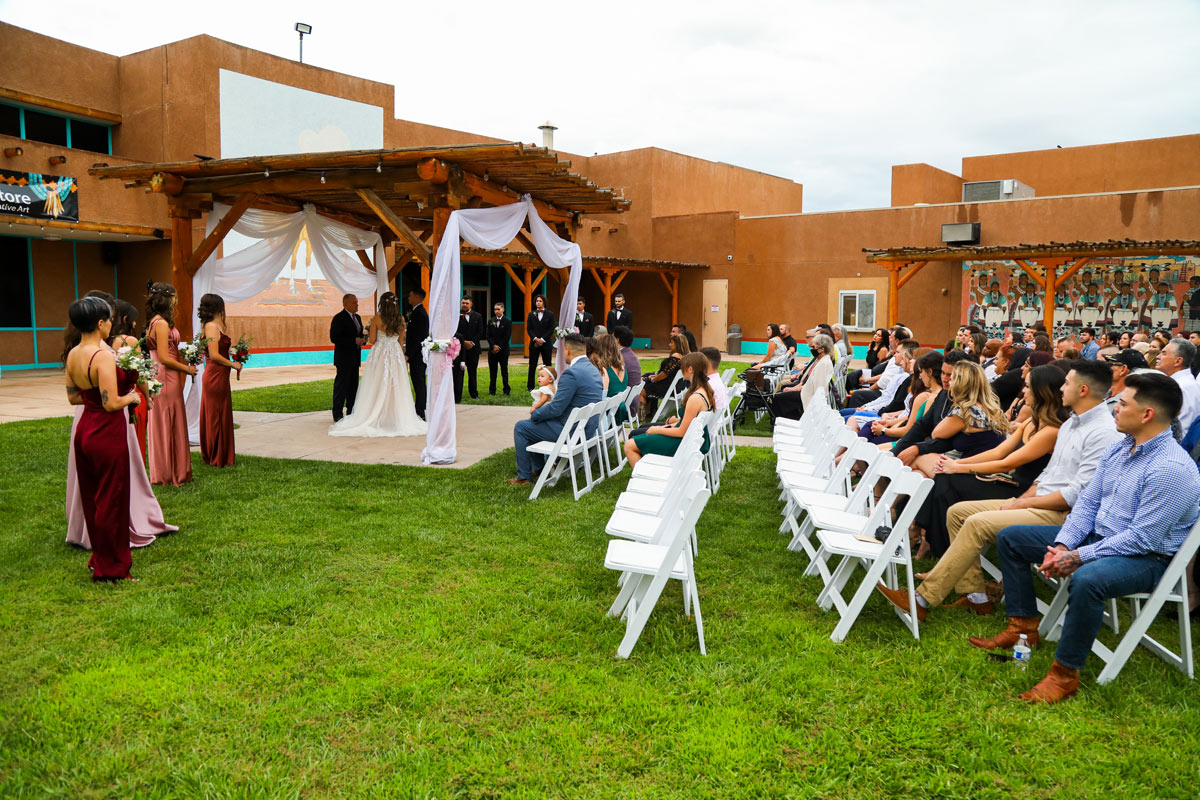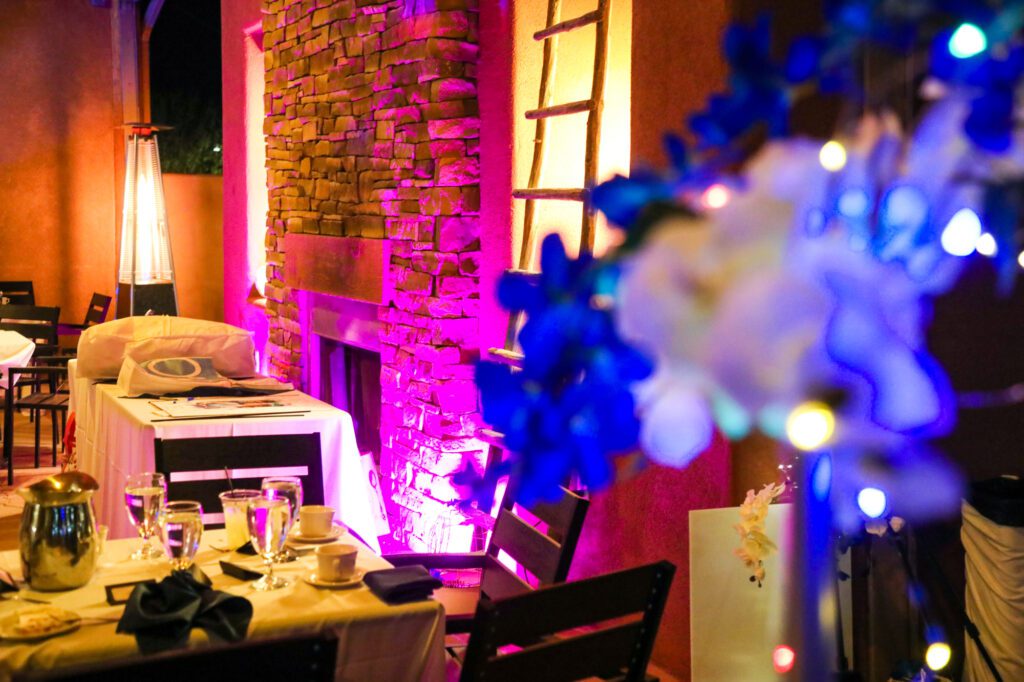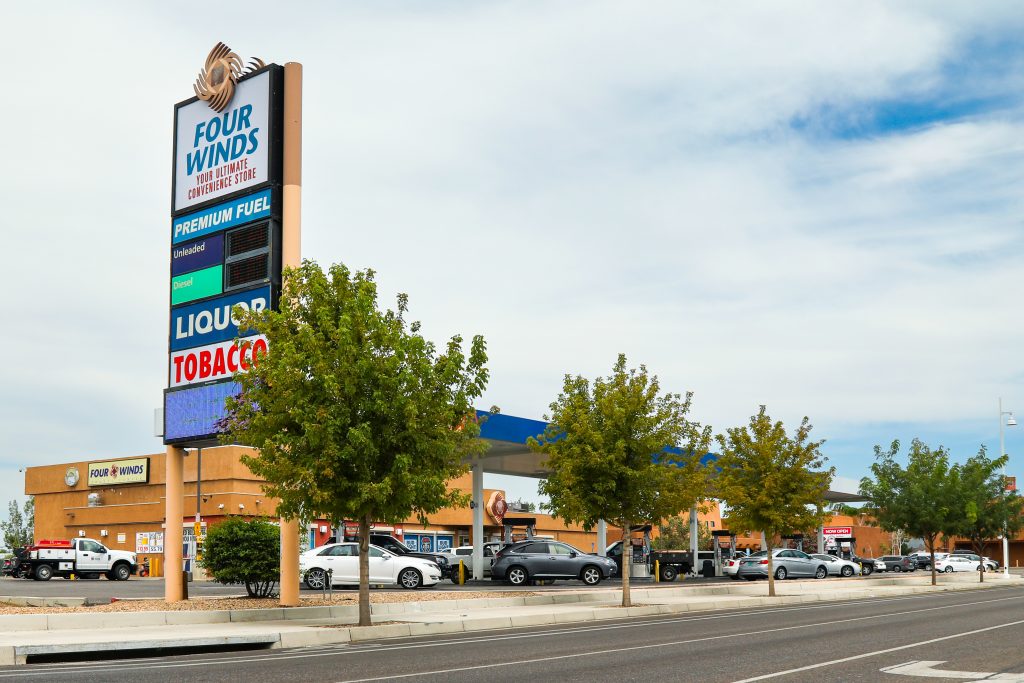Cartoonist Ricardo Caté was Drawn to Standing Rock
Sometimes in life we feel an irresistible pull toward a place, a person, or an unfolding chapter of history. Whether it’s due to a sense of duty, or just overwhelming curiosity, we are compelled to answer that siren song. Santo Domingo Pueblo cartoonist Ricardo Caté felt that call with the protests surrounding the Dakota Access Pipeline. Below, in an intimate interview with IPCC, he shares an insider’s view of the Standing Rock protests.

On August 26, 2016, Ricardo was dropping his daughter off at Fort Lewis College in Durango, CO. They were planning to go out to eat once she unpacked her things and got semi-settled. While he was waiting, Ricardo got on his daughter’s computer and started seeing the NoDAPL movement.
“What caught my attention was that this pipeline was originally slated to go a mile north of Bismarck, predominantly white, and they said ‘No, you’re not going to do that,’ and the pipeline said ‘Okay’ and so they moved it 26 miles south, just a mile north of the Standing Rock reservation, and all of a sudden it’s okay. And that’s what got me—it just got to me.”
Ricardo looked up how far Standing Rock was from Ft. Lewis—around 1,000 miles. He knew the fridge was full at home, and that all of the bills were up to date, and considered making a quick trip up to check out the situation for himself. His daughter thought it was kind of a silly idea, and he hesitated. After grabbing a bite together, Ricardo and his daughter parted ways, and he headed out of Ft. Lewis.
Ricardo: So I’m leaving town, and there’s that one light where you turn right to go back to Farmington and make your way back down, or you turn left to go towards Denver. I was in the middle lane and the green arrow comes on, and that split second that the arrow comes on I cut in front of this car and went north, and just kept going. I wanted to see what was happening, and I started thinking “I missed Wounded Knee, I missed Alcatraz, I don’t want to miss this one.” So I went.

I put it on Facebook and all of a sudden I had 300 or 400 people going “Go! That’s cool!” you know, and I posted some of those stories and shared them, and I said I’m going to go see what this is about. One of the posts was a call for supplies and stuff, and so I had people messaging me on Facebook, “We need supplies, I’ll send you money.” I told all my friends to send money to this Walmart in South Dakota, and when I get there I’ll fill up my truck.
When I got there, there was like $1,900 worth of 50 bucks here, 20 bucks here, five bucks here, and when I tried to take it out after five transactions, they put my stuff on hold. They said I couldn’t get the money and I said, “Well what’s going on?” and they said “This is too much money for one person and you might be a drug dealer,” and I said “No, I’m not. I‘m headed to this pipeline thing,” and I talked to the manager, I explained to him, and he was able to override that, so he helped me out. That was pretty cool.
I packed my truck full of stuff and got there. About a couple days later I started drawing what I was seeing. I would post something on Facebook, and man, got a thousand likes and all of a sudden I was drawing attention to what was going on up there, and I liked it. So I just kept drawing.
I chopped wood, peeled potatoes, cut onions, did whatever I could. I went to the marches, went to the demonstrations here and there. It’s a pretty good learning experience.

IPCC: Did you meet up with other people from other pueblos?
Ricardo: I believe I was the first Pueblo person there. Then BJ came, about four days later—him and his sons—from San Felipe. And about a week later, some other people from Isleta came, and that’s when we came up with the idea, “We should start a Pueblo camp.” That was about the same time I was teaching, too. Because I was a certified teacher—that’s all they wanted, they didn’t want just anybody—so I was able to teach at that makeshift school that we came up with up there. We had 30, maybe 35 students, so that was cool.

IPCC: You were there when the security dogs attacked, correct?
Ricardo: I remember September 3, it was a Saturday, the dogs came out—they brought the dogs out—I was like, “Who works on Labor Day Saturday?” and that’s when that happened. They turned on the bulldozers and everybody went running and knocked down the fence, and the dogs were there waiting. It was a strange day, but I drew that, too, because the newspaper in Bismarck had us as the aggressors, and the security people as the victims. We just overthrew them ‘cause they came at us, but we had the numbers. Some of those dogs were terrified, too. They didn’t know what to do, attack, or some of them cowered and stuff, ‘cause the guards were yelling “Yeah, yeah, go get ‘em!” and the dogs were like, “No.” It was just a crazy moment. To be up there and to be able to draw this stuff was really cool.
IPCC: Why did you make four separate trips to Standing Rock?
Ricardo: I had to come pay the bills. I had the kids. I had a Cherokee Art Market booth in October in Tulsa. But early October when I went up there, I took my son, and originally I was gonna have him go with me to Tulsa, but he liked it, and he stayed. He was 21 at the time, and I was like, no father wants to leave their kid like that, but I thought, yeah, if he wants to stay, he’s a grown man, and he’ll grow up some more here, so I left him.
Two weeks he was there by himself, and by then we had a Pueblo camp, where people from various pueblos around here were there and the women were cooking, and it was really good. We had frybread, we had all that stuff—we probably had the best camp in town, that whole encampment, ‘cause we had tamales, we had beans, these Pueblo women are amazing.
IPCC: Now that some time has passed, what’s it like looking back on that experience?
Ricardo: You always want to know that you helped, that you did something, and I walked away from that happy. We didn’t get the outcome that we wanted, but, aw man, you had to be there to witness all these tribes—there were close to 400 tribes—it’s never happened before. Ten thousand people camping, and as much as it was on Facebook, it’s not true at all, was the fact that this was the cleanest camp I had ever seen, not a wad of paper, nothing, it was completely clean. I mean for 10,000 people? These are people that respected the land, and it was amazing. The only thing would be that people would just leave, and there would be a pile of clothes, a tent and stuff, but then people would come and pick them up. That was the only thing.
I like to think I went for the people who couldn’t go. Just like when I run sometimes, I run, or I dance, for people who can’t. We have that mentality. It’s pretty cool to be able to justify everything.
See Ricardo Caté’s bio and shop artwork with his designs >>
Ricardo Caté’s exhibit in IPCC’s Art Through Struggle Gallery continues through January 4, 2019.






